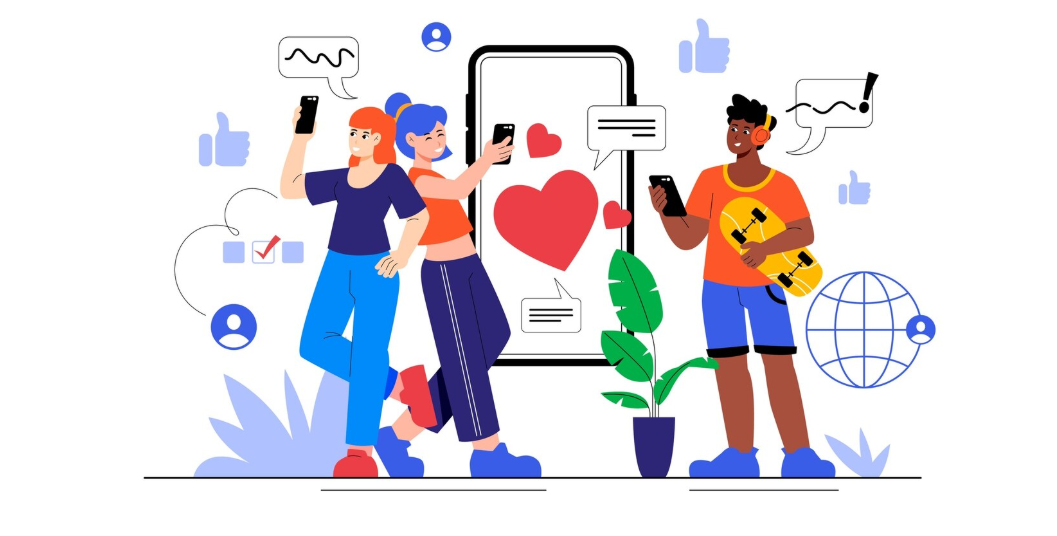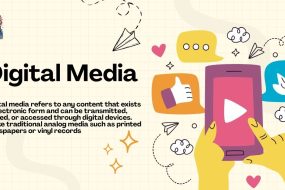
Influencer relations has evolved from a marketing buzzword into a strategic business discipline that drives real results. Unlike traditional advertising, this approach focuses on building authentic partnerships with content creators who can genuinely connect with your target audience.
This comprehensive guide explores everything you need to know about influencer relations, from basic definitions to advanced strategies that help brands build meaningful partnerships and achieve measurable results.
Understanding Influencer Relations
Influencer relations is the strategic practice of identifying, connecting with, and nurturing relationships with influential content creators who can authentically promote your brand to their engaged audiences. This discipline goes beyond simple transactional partnerships to create long-term collaborations that benefit both brands and influencers.
The foundation of successful influencer relations lies in understanding that influencers are not just marketing channels—they are content creators with unique voices, engaged communities, and personal brands. Effective influencer relations treats these creators as valuable partners rather than advertising space.
Modern influencer relations encompasses various partnership types, from product collaborations and sponsored content to brand ambassadorships and co-created campaigns. The key is matching the right influencer with the right brand message and audience.
The Evolution of Influencer Marketing
Influencer marketing has transformed dramatically since its early days of celebrity endorsements and basic social media posts. Originally, brands simply paid popular figures to mention their products, often resulting in inauthentic content that audiences could easily identify as advertising.
The rise of social media platforms like Instagram, TikTok, and YouTube democratized influence, allowing everyday people to build substantial followings around specific niches and interests. This shift created opportunities for more targeted and authentic partnerships.
Micro-influencers emerged as powerful partners for brands seeking engaged audiences rather than massive reach. These creators typically have 10,000 to 100,000 followers but maintain higher engagement rates and stronger community connections than mega-influencers.
Nano-influencers, with 1,000 to 10,000 followers, represent the newest tier of influencer partnerships. These creators often have the highest engagement rates and strongest personal connections with their audiences, making them valuable for niche products and local businesses.
Click here and learn about How to Craft Effective Crisis Responses
Types of Influencer Partnerships
Product Collaborations involve sending products to influencers in exchange for honest reviews or unboxing content. This approach works well for building brand awareness and generating authentic product demonstrations.
Sponsored Content partnerships pay influencers to create specific content featuring your brand. These campaigns often include detailed briefs, content requirements, and performance metrics to ensure alignment with brand goals.
Brand Ambassadorships create long-term partnerships where influencers regularly feature your brand across multiple campaigns. Ambassadors become genuine advocates who integrate your products into their regular content naturally.
Co-created Campaigns involve collaborative content development where brands and influencers work together to create unique campaigns that leverage both parties’ strengths and creativity.
Event Partnerships invite influencers to brand events, product launches, or experiential marketing activities. These partnerships often generate real-time content and behind-the-scenes access that audiences find valuable.
Affiliate Programs provide influencers with unique tracking links or discount codes, allowing them to earn commissions on sales they generate. This performance-based approach aligns influencer incentives with brand sales goals.
Building Effective Influencer Relations Strategies

Successful influencer relations begins with clearly defined goals and target audiences. Brands must understand what they want to achieve through influencer partnerships and which audiences they need to reach.
Research and Discovery involves identifying influencers whose audiences align with your target market. Look beyond follower counts to examine engagement rates, content quality, audience demographics, and brand alignment.
Authenticity Assessment requires evaluating whether potential influencer partners genuinely connect with your brand values and would naturally use your products. Forced partnerships often produce unconvincing content that audiences reject.
Relationship Building focuses on establishing genuine connections with influencers before pitching partnerships. Engage with their content, comment meaningfully on their posts, and show interest in their work beyond marketing opportunities.
Clear Communication ensures both parties understand expectations, deliverables, timelines, and compensation. Detailed contracts and creative briefs prevent misunderstandings and protect both brands and influencers.
Creative Freedom allows influencers to create content in their authentic voice while meeting brand requirements. Overly restrictive guidelines often result in content that feels forced and inauthentic to audiences.
Measuring Influencer Relations Success
Traditional metrics like reach and impressions provide limited insight into influencer campaign effectiveness. Modern measurement focuses on engagement quality, audience sentiment, and business impact.
Engagement Rate measures how actively audiences interact with influencer content featuring your brand. High engagement rates indicate strong audience interest and content quality.
Audience Quality assessment examines whether the influencer’s followers match your target demographic and show genuine interest in your product category.
Brand Sentiment tracking monitors how audiences respond to influencer partnerships and whether the collaboration positively impacts brand perception.
Conversion Tracking measures direct sales, website traffic, or lead generation attributed to influencer partnerships. This data helps calculate return on investment and campaign effectiveness.
Long-term Impact evaluation considers how influencer partnerships affect brand awareness, customer acquisition, and market positioning over time.
Common Influencer Relations Challenges
Fake Followers and engagement manipulation create significant challenges for brands trying to identify authentic influencers. Sophisticated detection tools and manual verification processes help identify genuine creators.
Content Quality Control balances brand requirements with influencer creative freedom. Overly restrictive guidelines stifle creativity, while insufficient direction can result in off-brand content.
Scaling Partnerships becomes challenging as brands work with multiple influencers simultaneously. Management platforms and dedicated teams help coordinate campaigns effectively.
Legal Compliance requires understanding disclosure requirements, contract terms, and advertising regulations across different platforms and jurisdictions.
Budget Allocation involves determining appropriate compensation for different influencer tiers and campaign types while maintaining profitability.
Platform-Specific Considerations
Instagram partnerships often focus on high-quality visual content, Stories, and Reels. The platform’s shopping features enable direct product sales from influencer posts.
TikTok campaigns emphasize creative, entertaining content that fits the platform’s short-form video format. Viral potential makes TikTok partnerships particularly valuable for brand awareness.
YouTube collaborations typically involve longer-form content like reviews, tutorials, or lifestyle vlogs. The platform’s search functionality provides long-term visibility for influencer content.
Twitter partnerships work well forreal-time engagement, industry commentary, and community building around specific topics or events.
LinkedIn influencer relations focus on professional content, thought leadership, and B2B audience engagement.
Read our latest blog What is Media Relations
Future Trends in Influencer Relations
Virtual and augmented reality technologies will create new opportunities for immersive influencer experiences. Brands will experiment with virtual influencers and AI-generated content creators.
Live streaming and real-time content continue growing in importance, requiring brands to adapt their influencer strategies for immediate audience engagement.
Sustainability and social responsibility increasingly influence influencer selection, as audiences expect authentic alignment between creators and causes they support.
Data privacy regulations will impact how brands track and measure influencer campaign performance, requiring new approaches to attribution and audience analysis.
Maximizing Your Influencer Relations Investment

Successful influencer relations requires strategic thinking, authentic partnerships, and continuous optimization. Brands that treat influencers as valuable partners rather than advertising channels will build stronger relationships and achieve better results.
Start by clearly defining your goals and target audience, then research potential influencer partners who genuinely align with your brand values. Focus on building authentic relationships and providing creative freedom while maintaining clear communication about expectations and deliverables.
Remember that influencer relations is a long-term strategy that builds brand awareness, credibility, and customer loyalty over time. Invest in measurement tools and processes that help you understand campaign effectiveness and optimize future partnerships.
The brands that succeed in influencer relations understand that authenticity, creativity, and genuine partnerships drive better results than transactional relationships. By following these principles and adapting to evolving platforms and audience preferences, you can build an influencer relations strategy that delivers measurable business results.



















No Comments